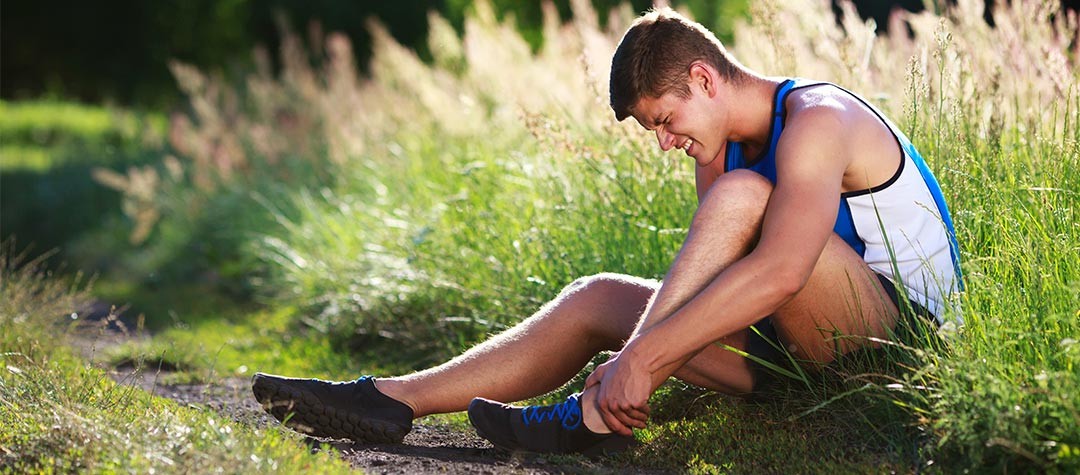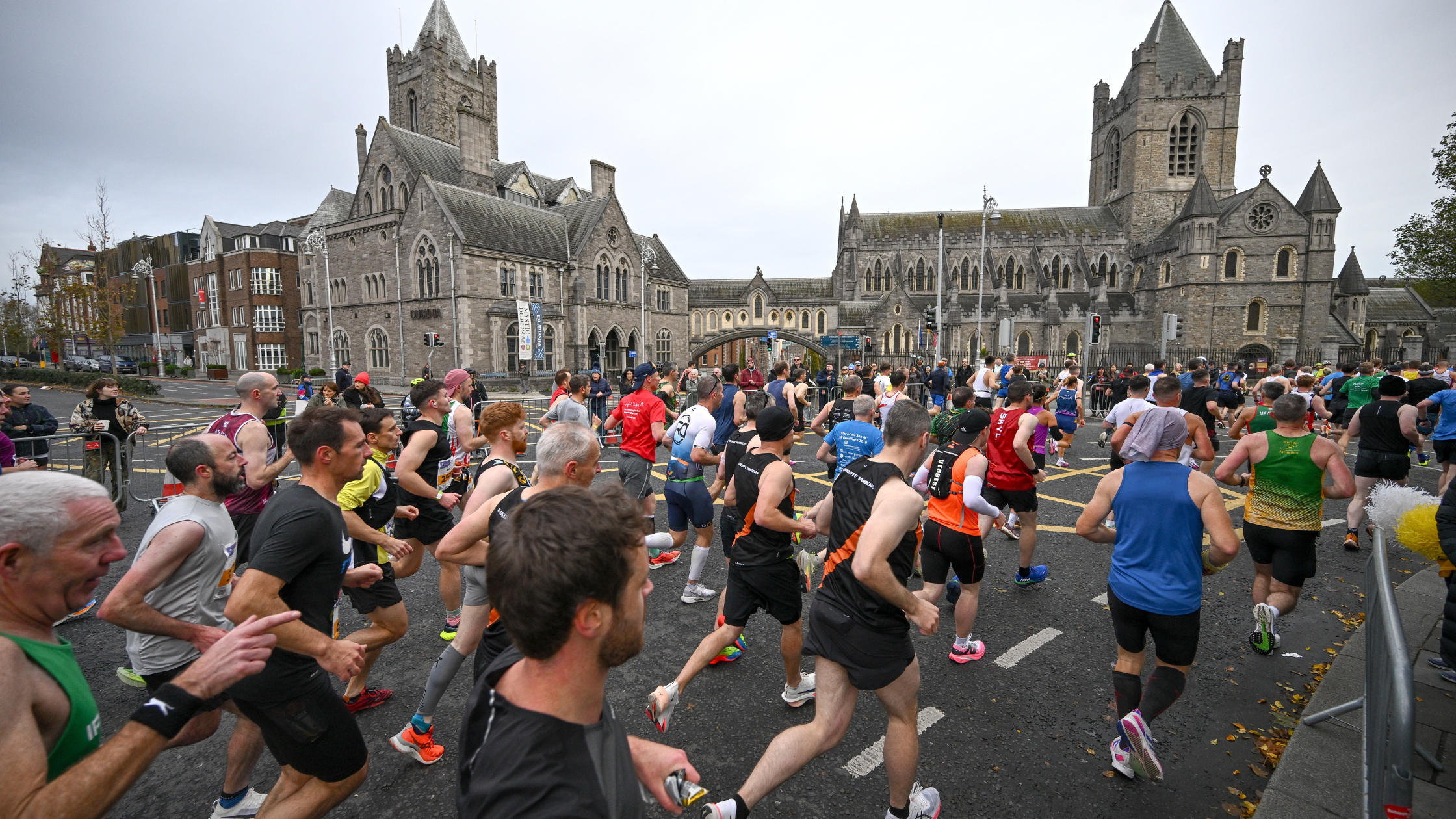Picked up a running injury and need to know what to do next? By following some of these injury recovery tips you can hopefully minimise your running downtime and be back as soon as possible.
Running injuries often occur totally out of the blue and can be a great frustration to those impeded by them. Being aware of the limitations of your injury and knowing how to best overcome them will greatly aid your recovery.
There are ways you can go forward from the outset of your injury which can help you:
- Speed up healing
- Sustain fitness
- Reduce inflammation
- Reduce tissue damage
- Accelerate your return to training
- Improve strength in location of injury
Initial management of the running injury
Acting quickly is essential to accelerating the recovery process. Immediately after the injury occurs, treatment should be started. On the whole, running injuries are of the 'soft tissue injury' variety, for which the immediate post-injury procedure must be correct identification and PRICE.
On the whole, running injuries are of the 'soft tissue injury' variety, for which the immediate post-injury procedure must be correct identification and PRICE.
P.R.I.C.E is an acronym for …
- Protection . Ideally the injured muscle(s) should not be used for running training. This may mean that the wounded limb needs to be bound up and remain unused.
- Rest. Rest is an essential aspect of healing from a running injury. Recuperation time and respite is needed by the injured area so that it can begin to mend. Without rest there is an increased chance of additional harm befalling to the already damaged area.
- Ice . The placing of ice at the affected site will reduce blood flow to the injury and assist with halting inflammation. Within the first 24 hour period, post-injury, a regular application of an ice pack for five minutes followed by a 10-minute rest will greatly aid healing and the speed of recovery.
- Compression. By compressing the area surrounding the injury, swelling is reduced, further accelerating the healing process. This can take the form of an elastic type bandage or compressing an ice pack around the affected area.
- Elevation . Elevating the injured area will reduce blood flow and fluid to the area, preventing a build-up of inflammation. This allows waste fluids within the tissues to flow away.
Note, as an additional aid it is suggested that putting arnica lotion on an injury (and taking arnica tablets) can help minimise the damage, especially if you are quick enough to put the lotion on before the area begins to swell.
Further action to take following an injury
Try to keep any weight off the injured legs and, if possible, rest for 24 hours. Use crutches or a walking stick if necessary, and keep the leg elevated as much as possible. You should seek medical advice if the pain does not lessen after 24 hours of rest. Things to look out for include: the ankle turning very dark purple; a bunching of muscle in a lump in the hamstrings; or the pain being next to the bone rather than in the center of the muscle.
Keep taking the arnica tablets — once an hour on the first day, slowly reduced to three times a day from about day three — and keep applying the arnica cream which acts as an anti-inflammatory. Try to move the injured joint as much as possible, but not if the pain is unbearable.
Allow at least three days for the inflammation to subside. Depending on the severity of the injury, it's possible that after three days you can start your rehabilitation. This can include:
- Stretching . Stretching should be gradual, and carried out frequently on warm muscles. Stretching helps stretch the repairing muscle fibres and return the muscle to better than pre-injury levels of flexibility.
- Sports massage . A sports therapist will be able to specifically target the damaged tissues, flush out waste products, remove knots and adhesions and align the repairing muscle fibers.
- Fitness maintenance training . While running may be out of the question, cardiovascular fitness should be maintained through other sports. A good alternative for the runner could be swimming but other forms of cross training could be employed depending on the type of injury you are recovering from.
- Conditioning training . A program of rehabilitation exercises should be carried out to strengthen the weakened muscle. The aim is to make the original injured muscle stronger post-recovery than before the injury.
- Activity replication training . As recovery continues, the gradual introduction of activities that mimic the movements and loading of your running can be progressively introduced in readiness for the return to running.
Returning to running
When you are ready to begin running again, it may help to wear a support bandage for the first few running outings. It is important not to continue to wear the support for too long though, as you need to allow the muscles to strengthen freely.
On returning to running, you need to build up gradually.
On returning to running, you need to build up gradually. This does not mean that the runner doing 50 miles per week goes from nil to full mileage in a single week, but does so over a period of time. Steady progression is the key.
In the long-term
Once you are back to full training, it is important to continue with the conditioning and flexibility exercises that you carried out as part of your rehabilitation. This is the best way of ensuring that the injury does not recur.
If you do suffer any injuries or niggles during training, it's always a wise move to seek personal and professional attention.















